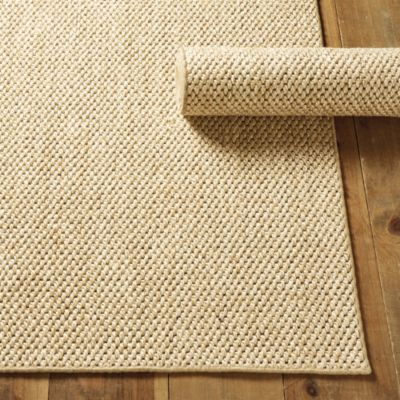Selling a home can be complex. The decision to sell without repairs adds more uncertainty. Many owners choose the “as is” route for speed and convenience. Yet this choice often brings a lower sale price. When no repairs are made, buyers see risk. Buyers also expect discounts to cover hidden faults. The true loss depends on the home condition and market strength. Some sellers save time but lose far more value than expected. The real question remains clear: how much do you lose selling house as is.
Understanding the Cost of Neglect
Every home shows wear and tear. Unfixed leaks cause damage. Small cracks suggest larger structure strain. Peeling paint and worn floors hurt appeal. Buyers notice every issue during tours. Their minds see future expenses. They offer less to balance those costs. Skipping basic maintenance can lower final value fast. A home with old wiring or a broken roof scares most buyers. Repairs avoided today often turn into lost dollars tomorrow. The discount grows as visible problems increase. That cost can feel invisible until closing day arrives.
Typical Discounts from Buyers
Buyers rarely pay full price for clear defects. They estimate repair expense during inspection. Then they reduce offers with caution. Some buyers lower bids by a wide margin. A bargain is their goal not fairness. They expect uncertainty when sellers skip repairs. Homes that appear neglected take longer to sell. Each delay can pressure the seller to lower price again. The longer a home stays listed the more buyers doubt its worth. That doubt becomes another hidden cost.
Condition Based Value Drops
A clean and maintained home holds value. A damaged home drops in range. Minor flaws may cut a bit off. Deep structural damage slashes much more. Paint or staging can hide little. Water stains and mold frighten buyers.
Market Factors and Timing
The overall market changes outcomes too. In a fast market discount shrinks slightly. Buyers compete for limited options. They accept minor flaws more easily. Yet in slow markets the reverse happens. Extra homes give buyers choices. They avoid risky ones fast. Sellers must drop prices to stay visible. Season and interest rates matter as well. When borrowing costs rise fewer buyers appear. The discount on “as is” homes grows bigger then. Market mood can push loss higher or lower.
Balancing Savings and Final Return
Selling without repairs saves effort and money. Yet the loss in price often exceeds those savings. Quick closings attract but reduce total gain. A well planned fix may cost less than the eventual drop. Smart sellers weigh both sides carefully. Small upgrades can build strong appeal. Ignoring faults invites harsh offers. Each market tells its own story but fairness stays rare. The best outcome comes from clear value not from shortcuts.




